introduction

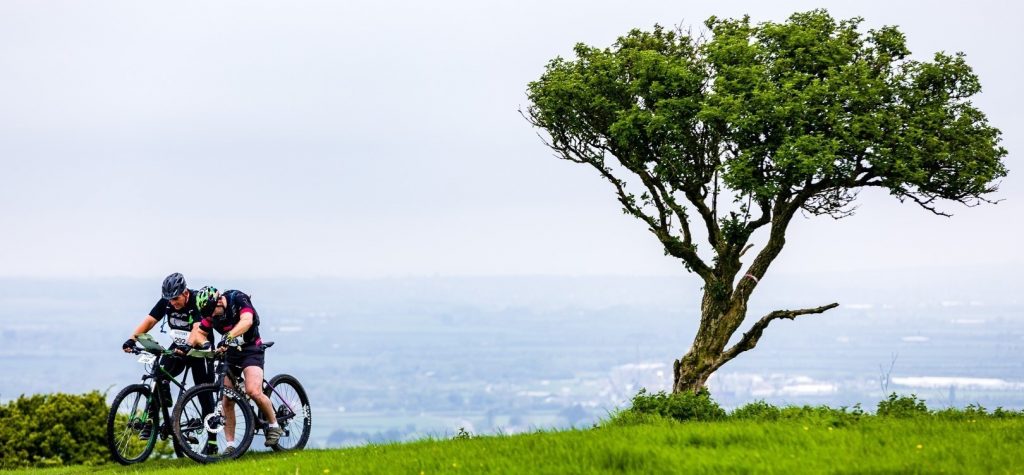
Questars adventure races are all about having a go and taking part. No previous experience is necessary, we have bike hire available and we provide all of the kayaking equipment.
The race format has been carefully designed with this in mind, to be as flexible and inclusive as possible, to enable you to participate irrespective of your ability or experience. You will be challenged whether you are a complete beginner, a seasoned adventure racer, or somewhere in between.
Beginner
On average a third of participants have never taken part in a Questars adventure race before, so you will not be alone if you are new to this exciting sport.
INTERMEDIATE
The majority of Questars participants classify themselves as being somewhere on that journey from a beginner to an experienced adventure racer.
experienced
From adventure racing world champions to Olympic medalists, they've all taken part in, and been suitably challenged by, Questars adventure races in the past.
A CHOICE OF THREE DISCIPLINES
Questars adventure races give you the option to run, bike and kayak. You can choose whether to do one, two or all three of these disciplines. And Questars’ flexible format means you decide what proportion of the time you spend on each discipline. So, you can play to your strengths and spend more time doing what you enjoy the most!
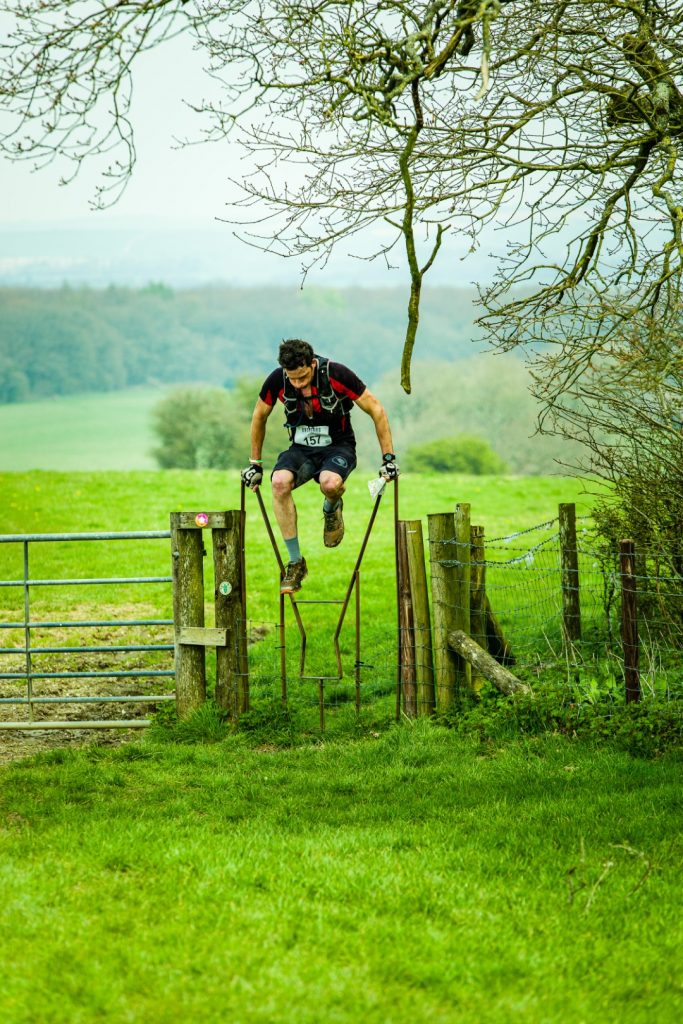
RUNNING
As this is an adventure race, the running takes place off road and on local paths and trails where possible. Although we call this ‘trail running’, you don’t have to run of course – you just have to travel on foot.
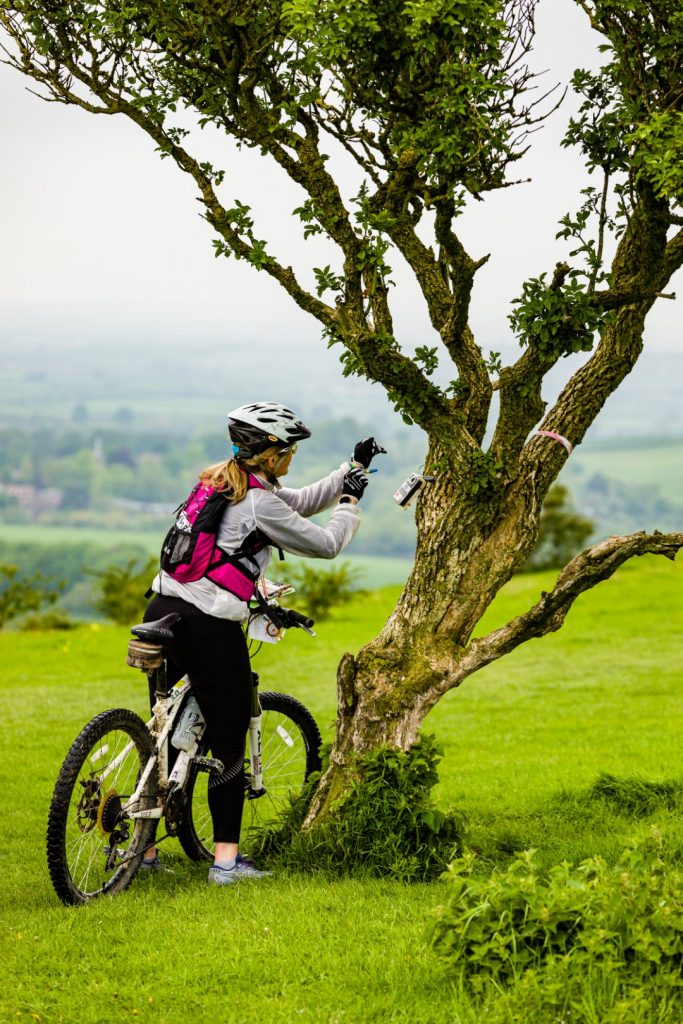
BIKING
Courses are designed to keep you off tarmac and on permitted off-road routes (e.g. bridleways) as much as possible. For ease, this discipline is referred to as ‘mountain biking’, but you can use any suitable off-road bike you like.
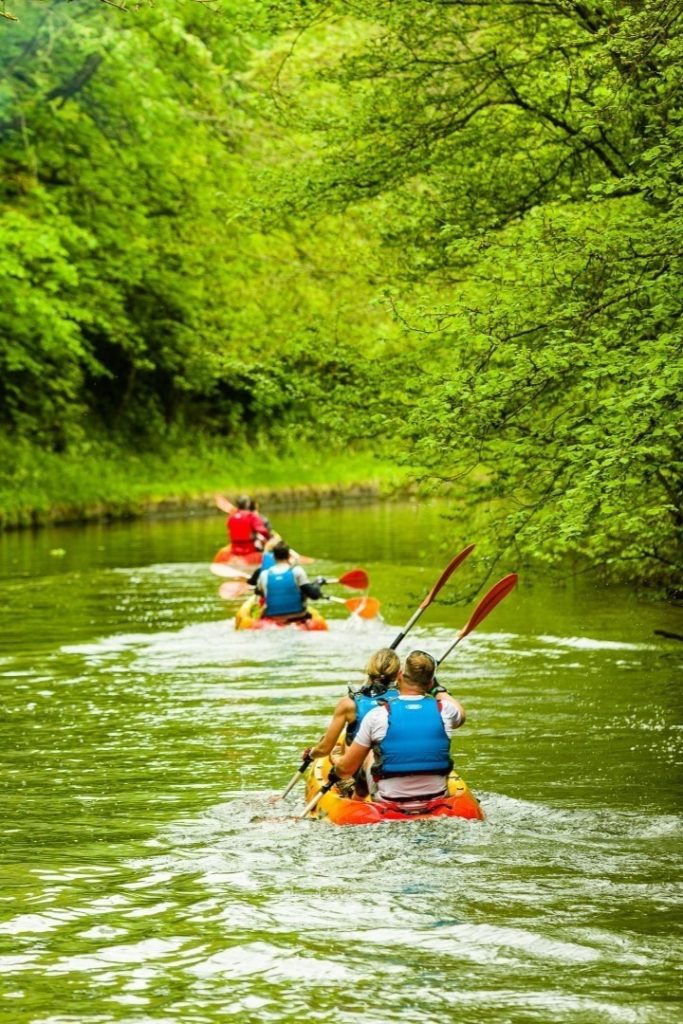
KAYAKING
The kayaking is the highlight for many people. It usually takes place on flat water e.g. a canal, river or lake. The boats we use are super-stable and easy to use – even for inexperienced paddlers.
NO SPECIAL EQUIPMENT REQUIRED
KAYAK EQUIPMENT PROVIDED
Sit-on-top kayaks, paddles and buoyancy aids are all provided and included in the entry fee when you select the option to kayak. The kayaks are very stable and can easily be paddled by either one person on their own or two people together. No previous experience is necessary.
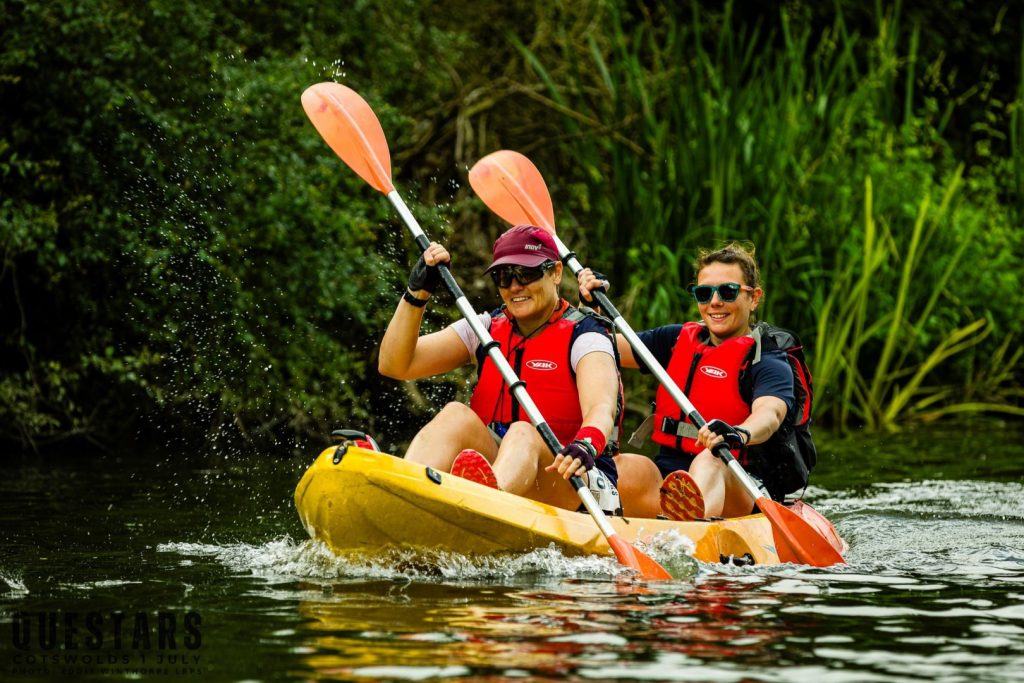
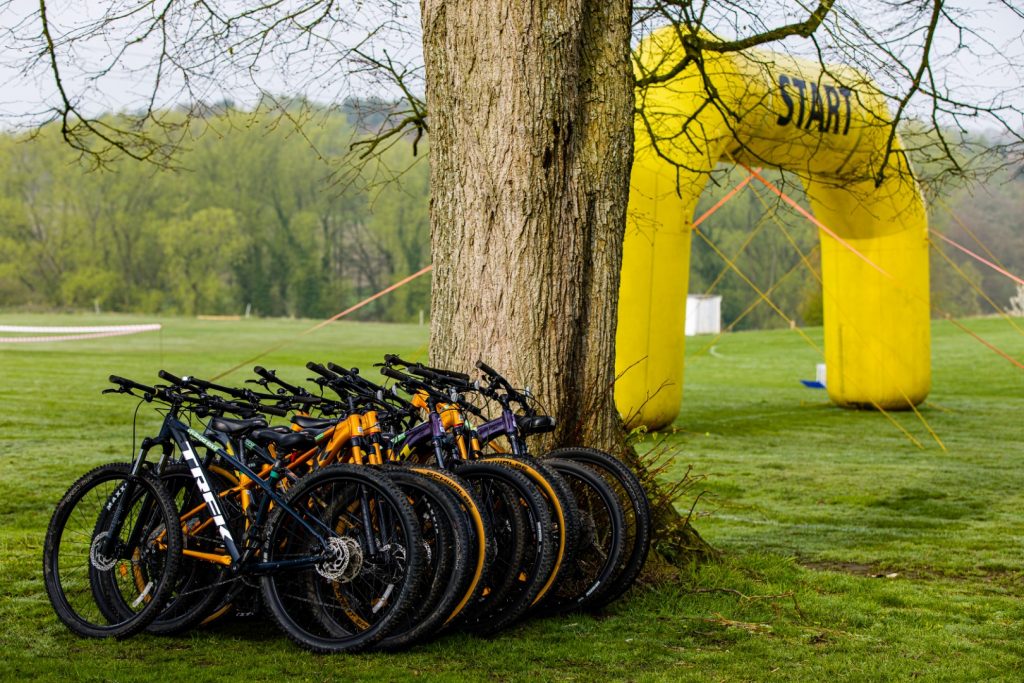
BIKE HIRE AVAILABLE
If you haven’t got your own suitable bike or you just don’t want the hassle of transporting and cleaning it, then you can hire a mountain bike from our official provider. They take care of everything so you just turn up at the event where your pre-booked bike will be ready and waiting for you.
OPEN TO INDIVIDUALS AND TEAMS
Questars adventure races are open to both individual participants and teams of two, three or four people. There are no restrictions on team composition in terms of the number of male and female members in each team. All team members must stay together during each discipline and throughout the whole race, from start to finish (it is not a relay race where each team member does a different discipline, or where team members compete consecutively one after each other).
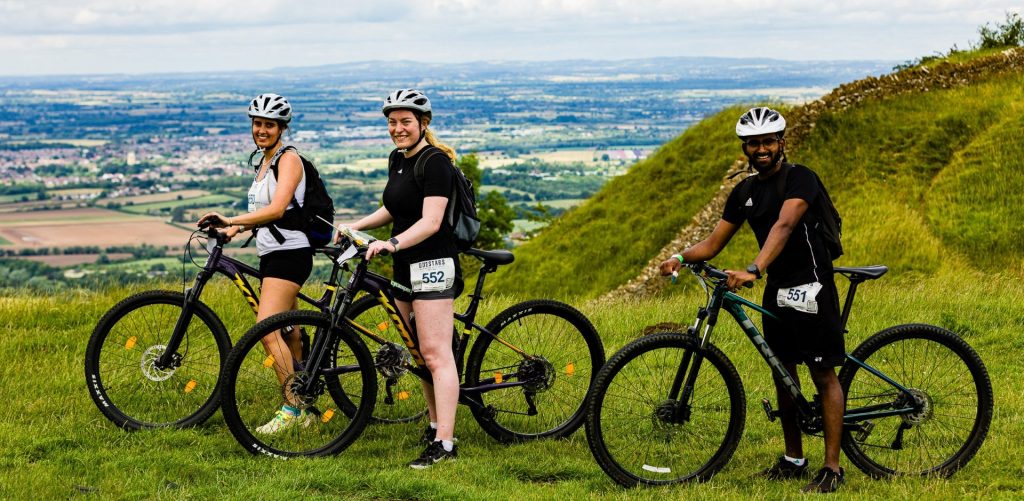
HOW MANY CHECKPOINTS WILL YOU VISIT?
Questars adventure races are open to both individual participants and teams of two, three or four people. There are no restrictions on team composition in terms of the number of male and female members in each team. All team members must stay together during each discipline and throughout the whole race, from start to finish (it is not a relay race where each team member does a different discipline, or where team members compete consecutively one after each other).
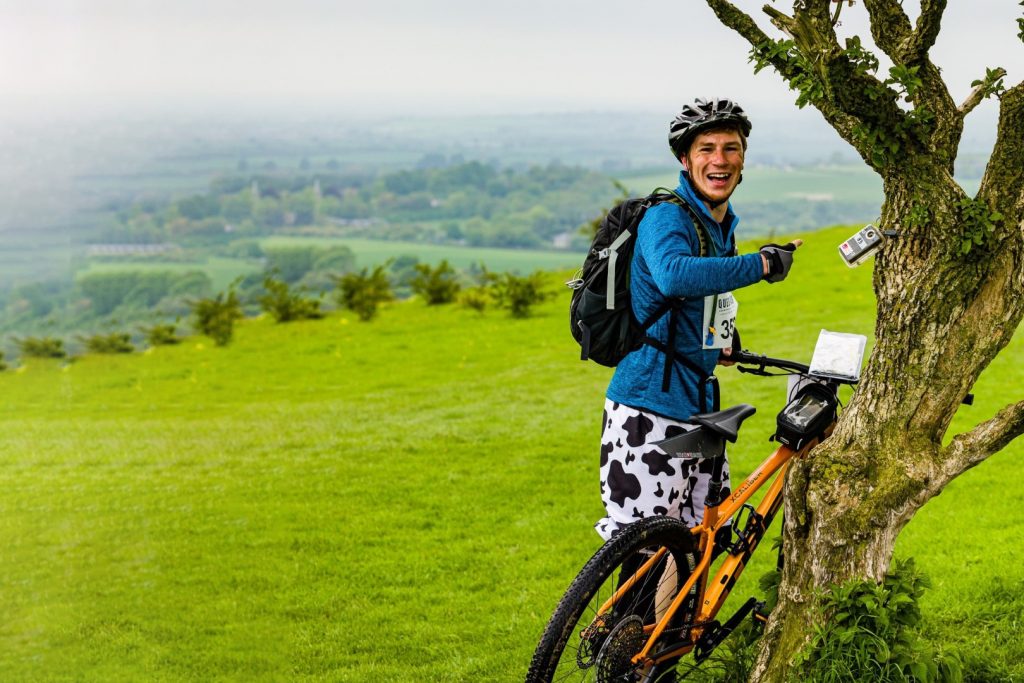
VISITING CHECKPOINTS
There are a number of checkpoints available to visit for each of the three disciplines. The trail run checkpoints must be visited on foot, whilst a bicycle and a kayak must be used to reach the mountain bike checkpoints and the kayak checkpoints respectively. You can visit as many or as few of the checkpoints as you like.
SCORING POINTS
Each checkpoint has a points value, and these are the points you will earn by visiting that checkpoint. The winners are those that score the most points within the time limit.
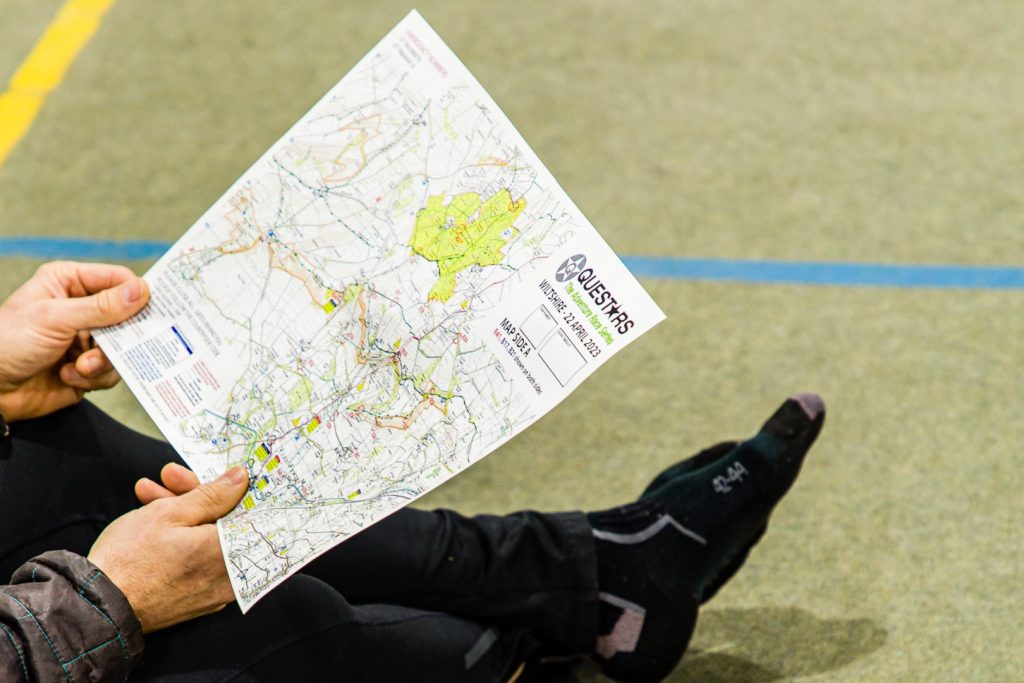
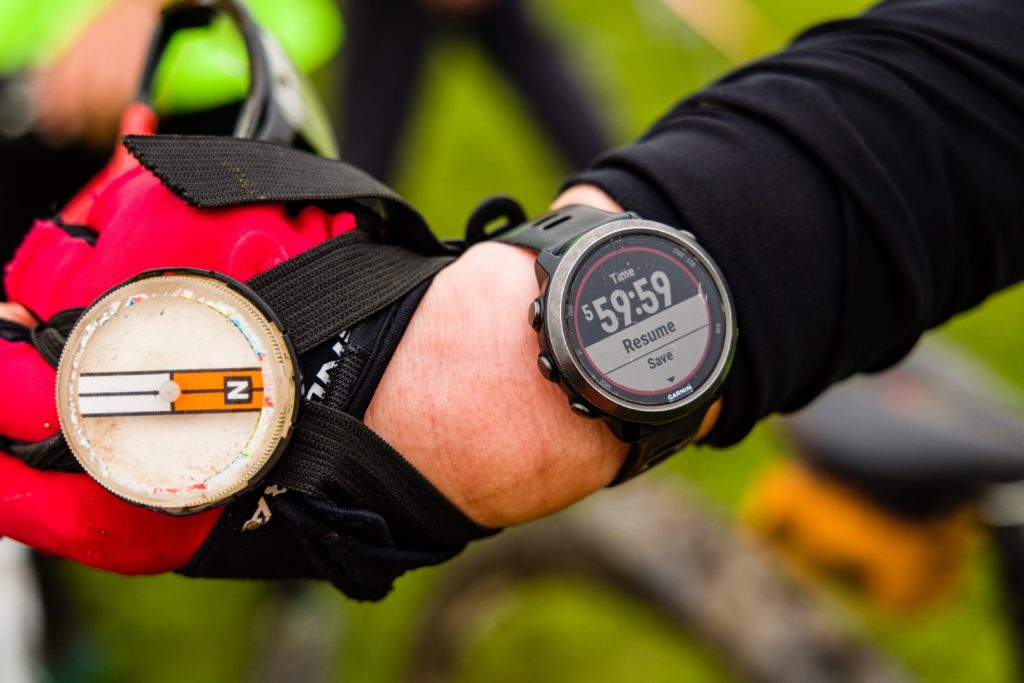
A NON-STOP RACE
The race is continuous (non-stop). Transition from one discipline to another is all part of the race. You will have some choice in the order that you undertake each discipline (how much depends on the course and whether you kayak).
EASY NAVIGATION
Navigating between the checkpoints is simple and straight forward. For example, the run checkpoints are positioned so that the quickest route between them is typically along existing public rights of way (footpaths and bridleways) which are often well marked on the ground.
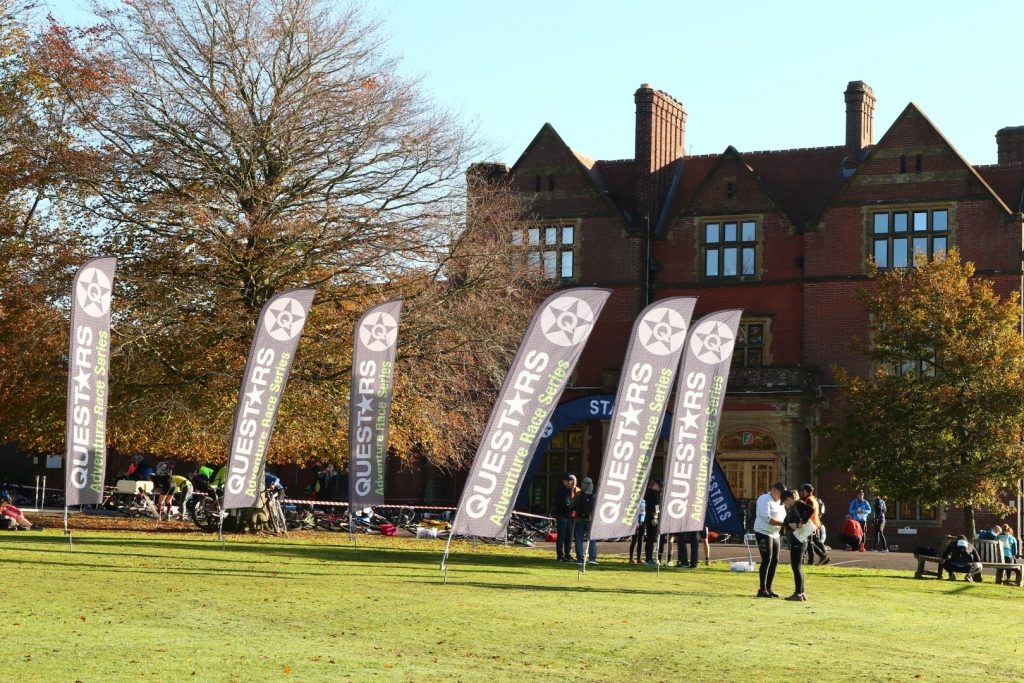
MAXIMUM FLEXIBILITY
You decide which disciplines you do and which checkpoints you visit. You are in control of how far you run, bike and kayak.
MINIMAL BARRIERS
We make it easy for you to take part by providing the kayaking equipment and the option to hire a bike. So all you need do is turn up with suitable clothing & footwear.
OPEN TO ALL
The best way to gain experience is to have a go and Questars adventure races lets you do just that regardless of your past experience or sporting background.
